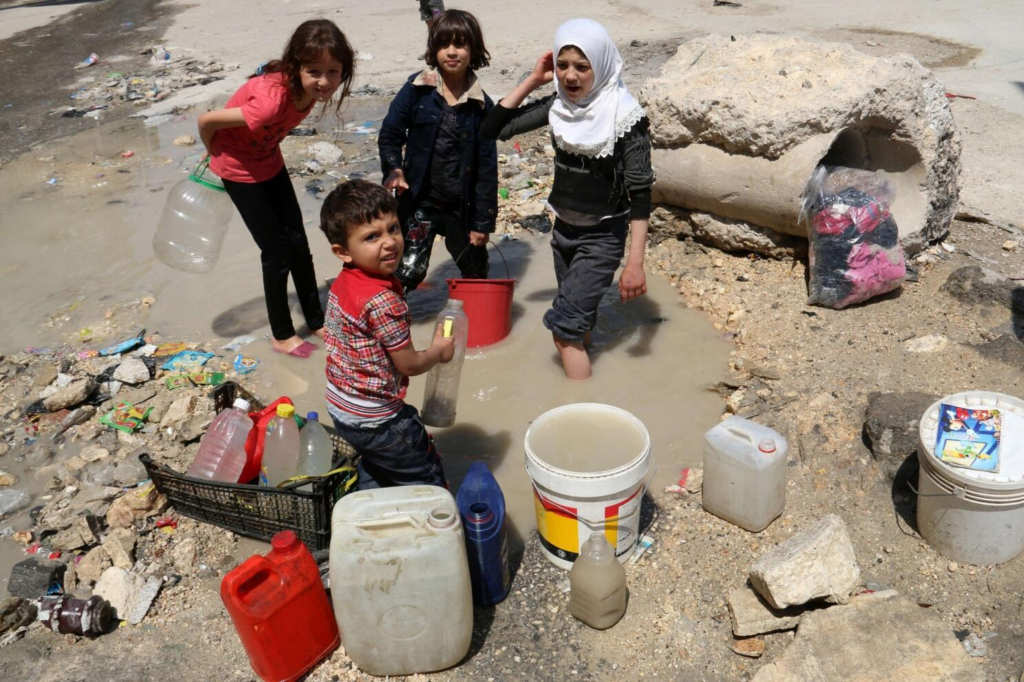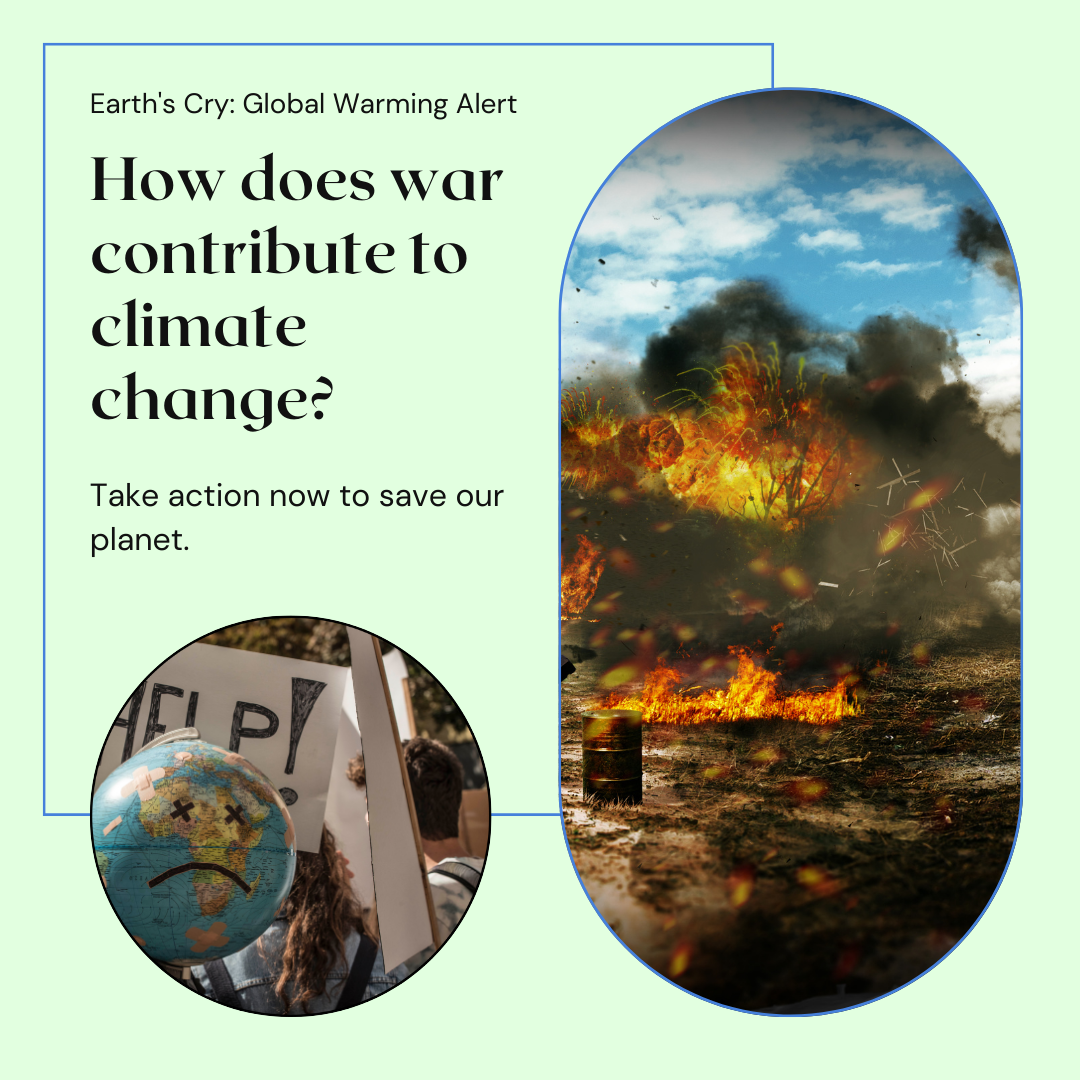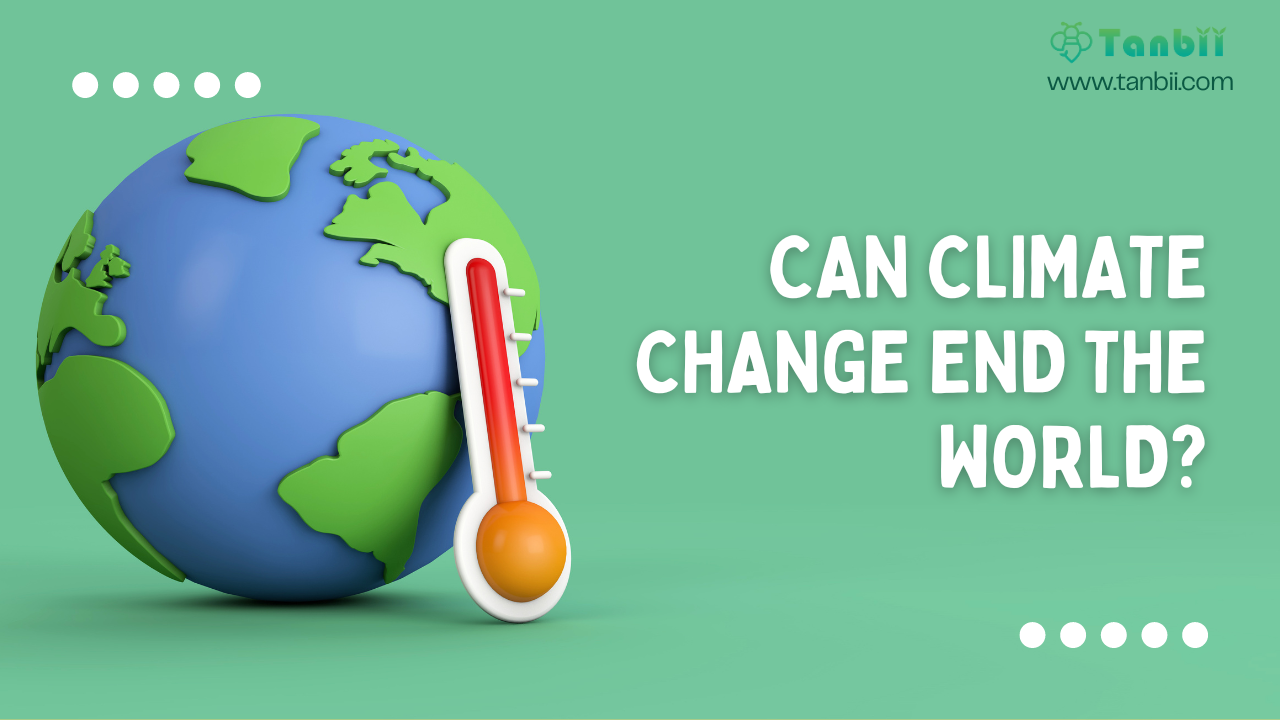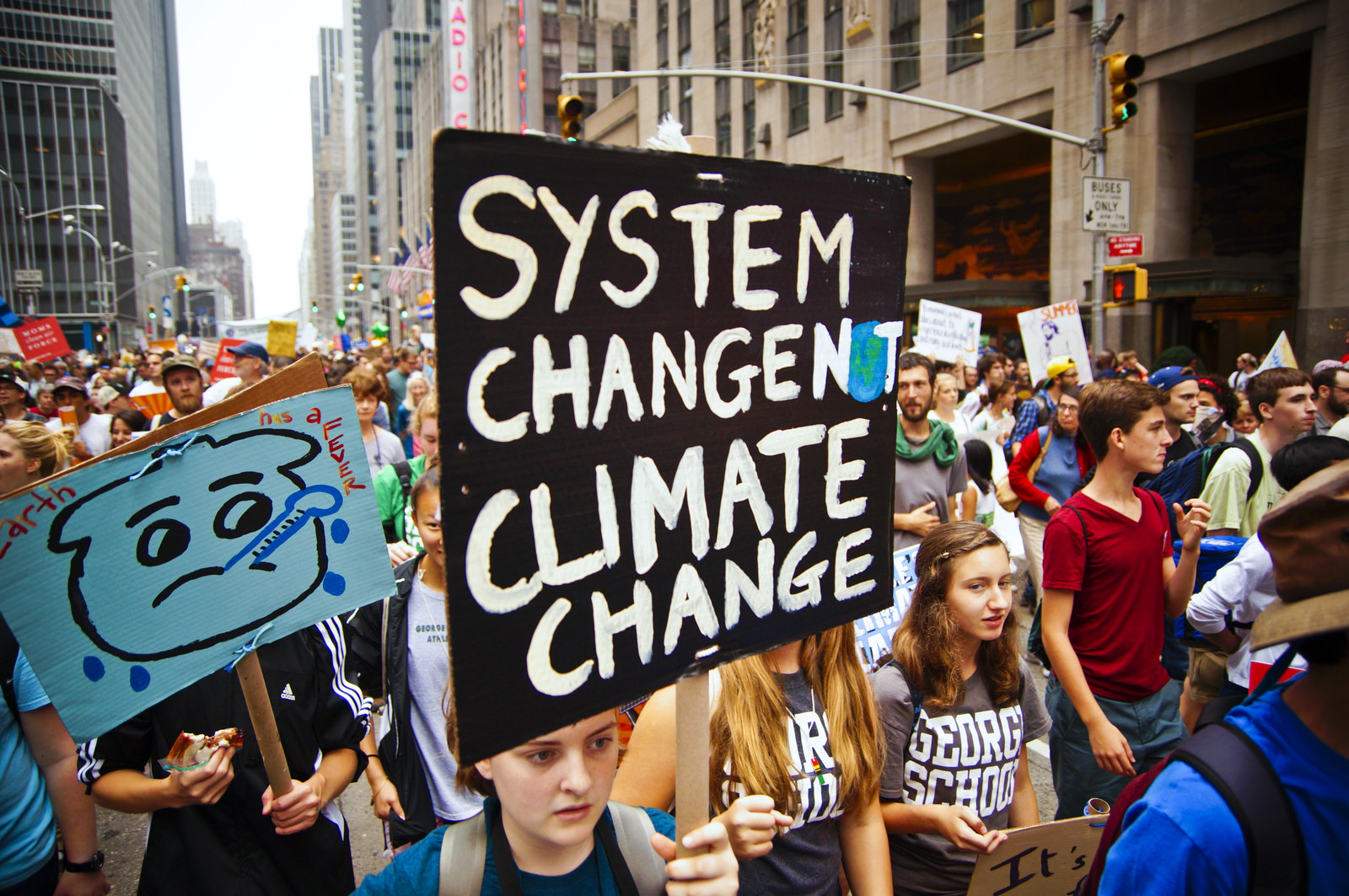War isn’t just a human tragedy; it’s an environmental disaster too. The havoc it wreaks on the climate is substantial yet often overlooked. Understanding the connection between conflict and climate change is crucial for developing effective mitigation strategies. Let’s dive into how warfare impacts our planet.
Understanding War and Its Environmental Impact
Wars devastate environments directly and indirectly. Explosions, chemical spills, and destroyed infrastructure cause immediate harm. Indirectly, war can disrupt ecosystems, economies, and societies long after the last gunshot.
Mechanisms of Climate Change
Climate change is driven by greenhouse gases (GHGs) trapping heat in the atmosphere. Feedback loops, like melting ice caps reducing the Earth’s reflectivity, further amplify warming. War can exacerbate these mechanisms.
War and Greenhouse Gas Emissions

Military operations are major GHG emitters. Tanks, jets, and ships burn immense amounts of fossil fuels. After the conflict, rebuilding efforts often lead to increased emissions, as infrastructure must be reconstructed rapidly, usually without environmental considerations.
Deforestation and Land Degradation
Conflict zones often see rampant deforestation. Forests are cut down to prevent cover for enemy forces or for resource exploitation. This not only releases carbon stored in trees but also degrades land, making it less able to support plant life and absorb CO2.
Water Resources and Pollution
Warfare contaminates water sources with chemicals, oil, and heavy metals, devastating aquatic ecosystems. Polluted water bodies can take years to recover, disrupting both human and wildlife communities.
Air Quality and Pollution

Explosions and fires release pollutants into the air, degrading air quality. Prolonged conflicts can lead to chronic air pollution issues, affecting both the environment and public health long after the fighting stops.
Impact on Biodiversity
War destroys habitats and displaces species, leading to loss of biodiversity. Many animals face extinction due to habitat loss and fragmentation caused by military activities.
Human Displacement and Environmental Stress
War forces people to flee their homes, often leading to overcrowded refugee camps. These areas can become environmental stress points, with overused resources and waste management issues exacerbating local ecological problems.
Economic Costs and Environmental Recovery
Wars divert funds from environmental projects to military expenditures, delaying recovery efforts. Post-conflict reconstruction focuses on human needs first, often sidelining environmental rehabilitation.
Case Studies
Vietnam War and Agent Orange: The U.S. military used herbicides like Agent Orange to deforest Vietnam, causing long-term ecological and health impacts.

Gulf War and Oil Spills: Iraqi forces set Kuwaiti oil wells on fire, creating massive air pollution and oil spills that devastated marine life.
Syrian Civil War and Water Scarcity: The war has worsened Syria’s water crisis, with damaged infrastructure and disrupted water supplies leading to severe shortages.

International Responses and Policies
Organizations like the United Nations have developed programs to address environmental damage from wars. International treaties aim to protect the environment during armed conflict, but enforcement remains a challenge.
Mitigation Strategies
Sustainable Military Practices: Implementing greener technologies and practices in military operations can reduce environmental impacts.
Post-War Environmental Restoration: Focused efforts on environmental restoration can help ecosystems recover. This includes reforestation, pollution cleanup, and habitat restoration.
Role of Technology in Monitoring and Mitigation
Advances in satellite imaging help monitor environmental damage and recovery. Innovations in clean-up technologies make remediation efforts more efficient and effective.
Conclusion
War’s impact on climate change is profound and multifaceted, affecting air, water, land, and biodiversity. Understanding these effects is the first step in mitigating them. Let’s strive for peace and a healthier planet.
FAQs
How does war exacerbate climate change?
War increases GHG emissions, causes deforestation, and disrupts ecosystems, all of which contribute to climate change.
Can post-war environments be restored?
Yes, but it requires dedicated efforts in reforestation, pollution cleanup, and habitat restoration, often needing significant time and resources.
What are some examples of wars impacting the environment?
The Vietnam War with Agent Orange, the Gulf War with oil spills, and the Syrian Civil War with water scarcity are notable examples.
How can military operations be made more sustainable?
By adopting greener technologies, reducing fossil fuel use, and implementing environmentally friendly practices in military operations.
What international efforts are in place to address war’s environmental impacts?
Programs by the United Nations and various international treaties aim to mitigate and address the environmental damage caused by armed conflicts.
Join the Tanbii Community
Interested in learning more about sustainability? Join the Tanbii Community and Download Tanbii App now! Together, let’s make sustainable choices for a better future.



